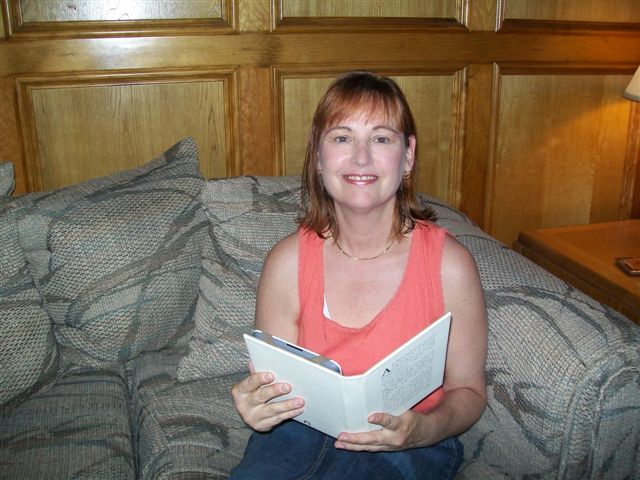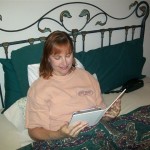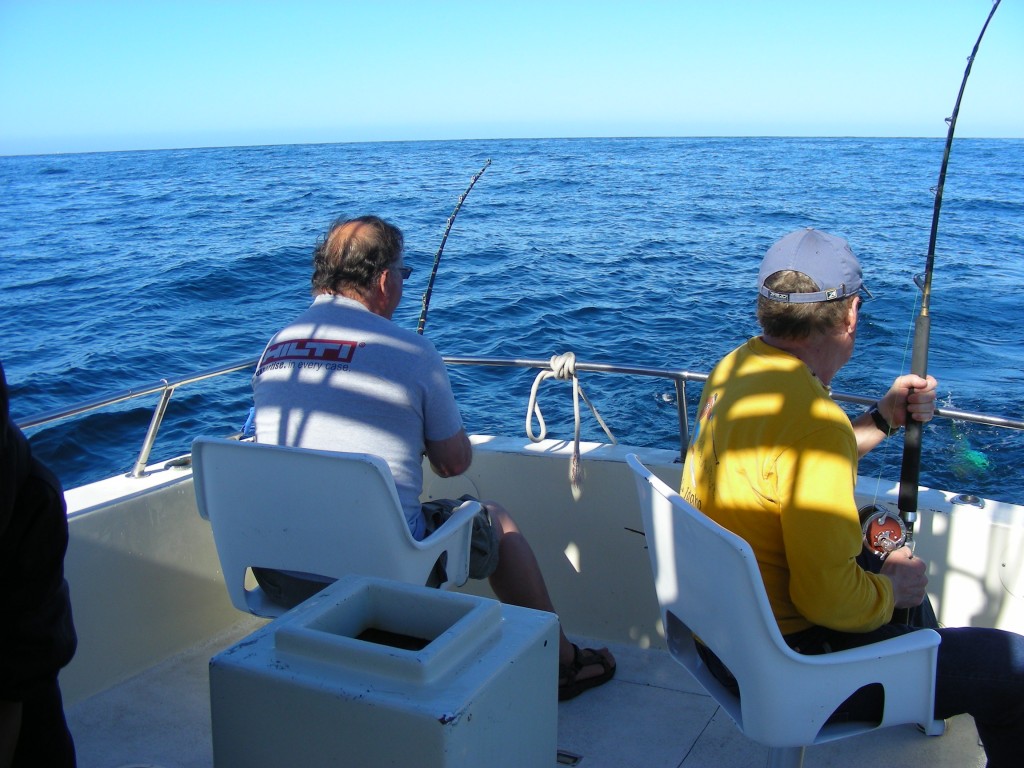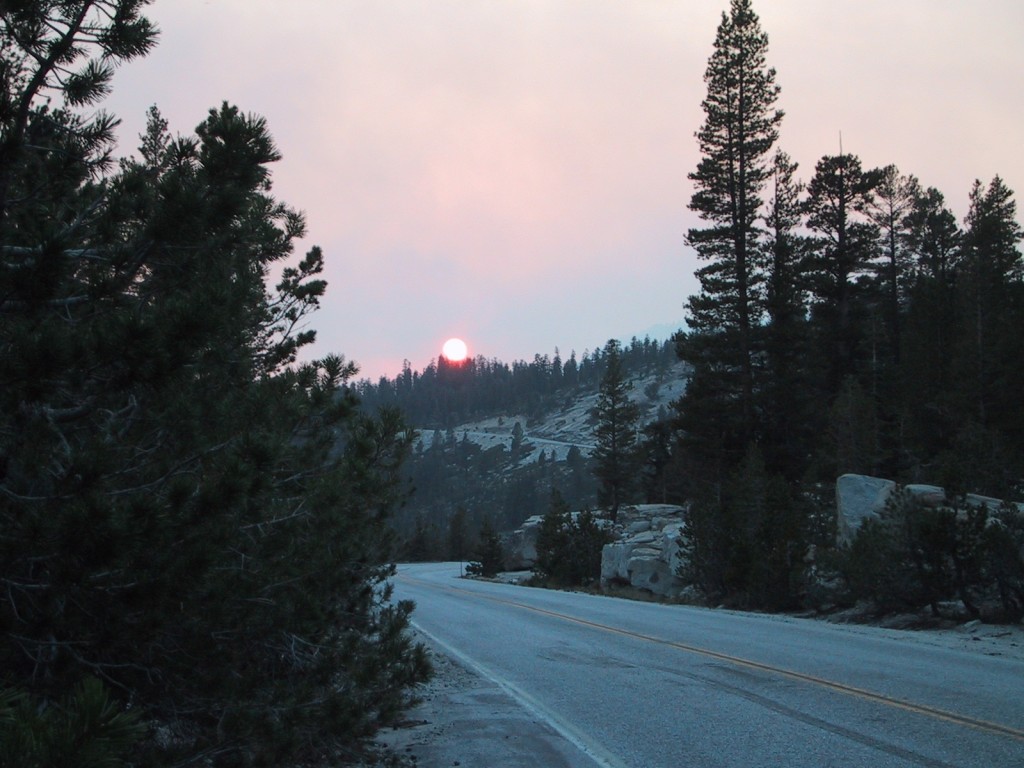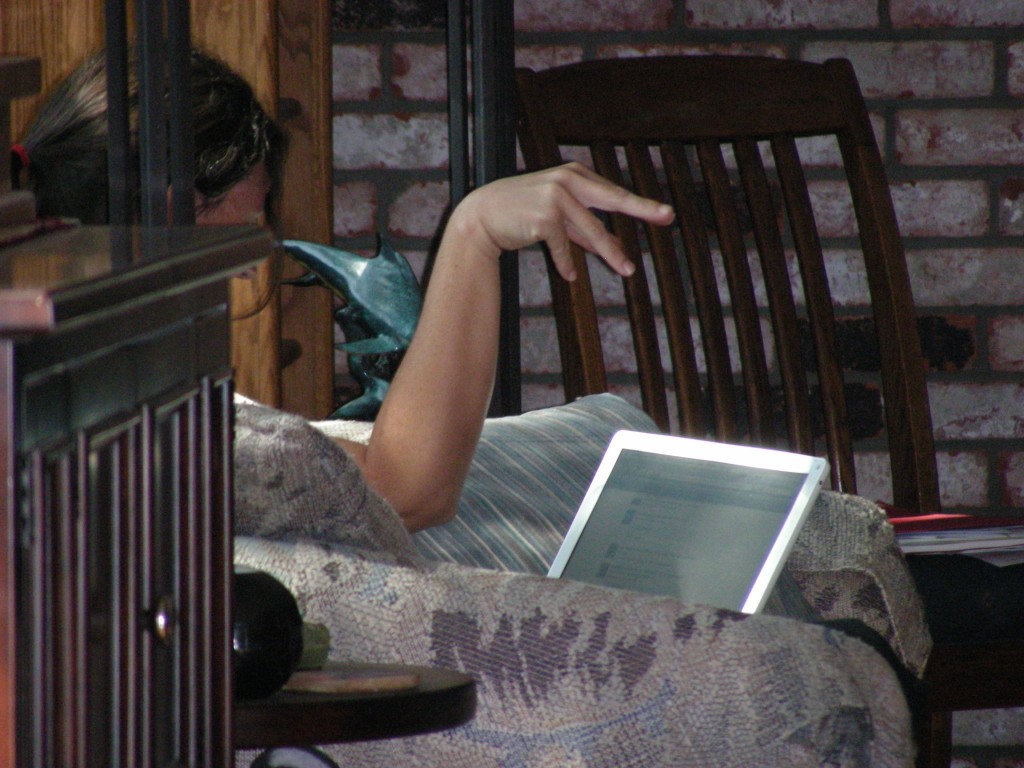 As a San Francisco area marketing lecturer, I’m always interested in the activities of SFAMA, the San Francisco chapter of the American Marketing Association.
As a San Francisco area marketing lecturer, I’m always interested in the activities of SFAMA, the San Francisco chapter of the American Marketing Association.
Membership in this organization offers a variety of benefits from connections to 45,000+ professionals, attendance at regular educational meetings and workshops, small discussion groups, job banks, and other career services.
Personally I most appreciate the social media events like the panel discussion I covered last fall: “Is Social Media the Answer When Traditional Marketing Sucks?“
Recently SFAMA sponsored an updated retrospect on “The New Marketer” presented by Jen McClure, a professional with 28 years experience in all facets of communication and media.
“New communications technologies and social media are being incorporated into every aspect of business – from communications to customer service and CRM, to HR, recruitment, employee communications, corporate training, product R&D, sales, and more.
In addition to transforming businesses, media models are breaking down in the wake of new media and communications developments; new news models are emerging.” — Jen McClure
SFAMA hears latest stats that show social media importance
Jen presented recent facts and figures describing how social media is completely changing the way we live and work. Titled “2010 Social Media Trends & Developments,” her report shared statistics compiled by SNCR, the Society for New Communication Research, a global nonprofit research foundation and think tank founded by Jen in 2004.
ARTICLE PREVIEW:
- Slide presentation
- 5 brief video segments
- 10 takeaways from SFAMA members
The New Marketer:
5 short videos from “The New Marketer” presentation
Jen describes her nonprofit organization
Stats showing social media growth
Companies need to publish online content
Collaboration is key to Best Practices
ROI is there for social media
SFAMA members share their “takeaways”:
“Another stellar presentation hosted by SFAMA on a timely topic. Jen McClure provided impressive statistics on social media use/ growth, as well as her perspective on the direction social media is taking in the near future. The attendee Q&A session was spirited as well. I think a lot of the members and guests who attended have an enhanced appreciation of the complexity and promise represented by social media.” — Bill Bralye
“Jen and her team’s research provide a real-time evaluation of where digital marketing is heading in the near future. Given the quantum changes happening daily in social media, it was refreshing to see that this talented group is charting the trends and putting this flurry of innovation into some perspective.” — Sharon Goldman
“Some of the trends that are changing our roles and tactics as marketers are also extremely empowering to entrepreneurs. Now it is possible to reach customers and sell globally — that unique product idea that you have been kicking around in your head — with a webpage and an idea.” — Christos Panos
Little-known secret: 50-65 year-old women are the fastest growing demographic in Social Media! Now that’s a significant market segment! — Eric Kim
“For companies that previously have maintained a traditional marketing approach, the introduction of a successful social media strategy – that engages and trusts in its employees and customers – will require a significant cultural shift.” — Lorraine Lewis
Lorraine on left, her friend Kathryn MacDonald on right
“Listening is as important if not more important than broadcasting. — Steven Toy
“I was very impressed with Jen McClure’s presentation that included well researched insights on social media use now and its future growth. I was very pleased to see so many of our SFAMA members give her such a positive reception and were obviously very satisfied. I am very excited to see where the niche Social Media industry will take us.” Golden Ashby
“PR should be the conductor of the social media orchestra.” — Melita Balestieri
Melita on left; her friend CrissyRusso on right
“It seems that smaller brands and companies might have an advantage in social media marketing, since it is easier for them to be authentic and nimble. And so much of the technology is free. However, their challenge will be time – time to create content, monitor the media and create a strategy. But, if small companies keep at it, it will pay off. Thanks for helping us understand the situation, Jen.” — Eric Weidner
“The main point I took away from the presentation is that blogging and twittering have taken on a life of their own and have to be incorporated in everybody’s marketing.” — Heidi Mueller
Heidi with team: l to r – Renee, Rachel, Heidi, Debra
“Companies that are not taking advantage of social media are throwing their money away (opportunity cost).” Deepak Gupta

